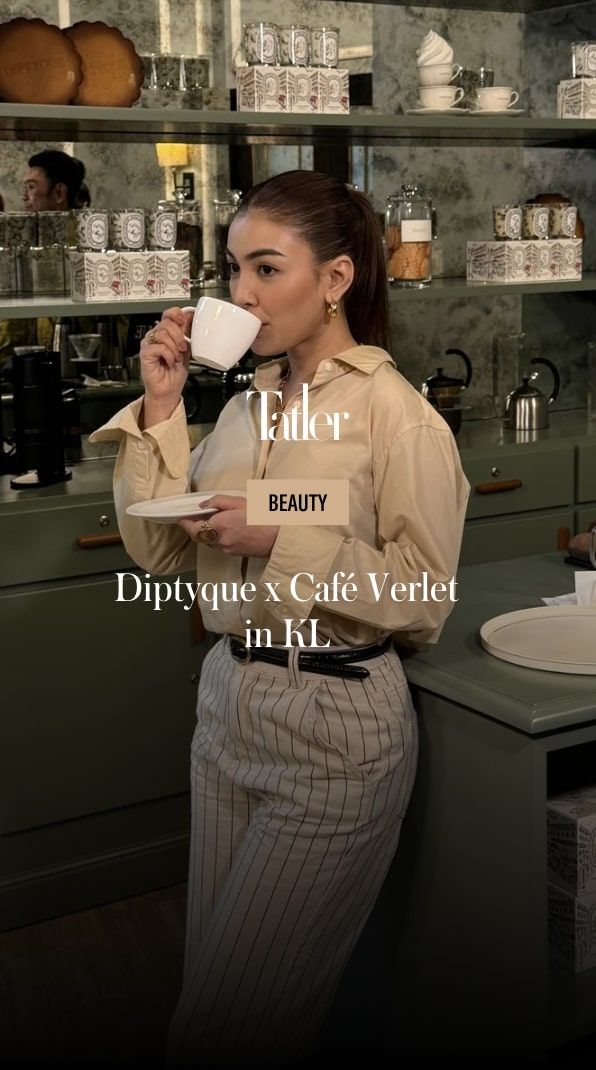World-class designers reveal the secrets behind creating unforgettable hotel experiences
In an era where travel experiences are curated and shared on social media, the art of hotel design has never been more crucial. From luxury resorts to boutique urban retreats, the spaces where we choose to rest our heads are no longer just about a comfortable bed and a clean bathroom. Today's hotels are expected to offer immersive experiences, reflect local culture, and provide Instagram-worthy moments at every turn.
Read more: 10 beautiful Michelin-starred restaurants by acclaimed designers worldwide
But what exactly goes into creating a truly great hotel design? We spoke with three renowned design firms to uncover the secrets behind crafting spaces that delight, inspire, and keep guests coming back for more.
Function first, but make it fabulous
Bill Bensley, the maverick designer behind some of Asia’s most iconic resorts, has left an indelible mark on the hospitality landscape. His diverse portfolio includes the spectacular Shinta Mani Mustang in Nepal, the conservation-focused Shinta Mani Wild in Cambodia, and the art deco-inspired The Siam Bangkok. Bensley’s work also shines in the award-winning Capella Ubud in Bali, the opera-themed Capella Hanoi, and the whimsical InterContinental Khao Yai crafted from upcycled train carriages.
Bensley emphasises that functionality is the foundation of any successful hotel design. “The first layer in every project is just about function,” Bensley explains. “If you mess that up, then there is no amount of lipstick that will make her work.”


































